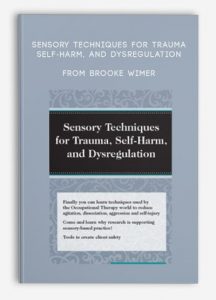 Sensory Techniques for Trauma, Self-Harm, and Dysregulation from Brooke Wimer
Sensory Techniques for Trauma, Self-Harm, and Dysregulation from Brooke Wimer
More information about Medical:
Medicine is the science and practice of establishing the diagnosis, prognosis, treatment, and prevention of disease.
Medicine encompasses a variety of health care practices evolved to maintain and restore health by the prevention and treatment of illness.
Contemporary medicine applies biomedical sciences, biomedical research, genetics, and medical technology to diagnose, treat, and prevent injury and disease,
typically through pharmaceuticals or surgery, but also through therapies as diverse as psychotherapy, external splints and traction, medical devices, biologics, and ionizing radiation, amongst others.
Medicine has been around for thousands of years, during most of which it was an art (an area of skill and knowledge) frequently having connections to the religious and
philosophical beliefs of local culture. For example, a medicine man would apply herbs and say prayers for healing, or an ancient philosopher and physician would apply bloodletting according to the theories of humorism.
In recent centuries, since the advent of modern science, most medicine has become a combination of art and science (both basic and applied, under the umbrella of medical science).
While stitching technique for sutures is an art learned through practice, the knowledge of what happens at the cellular and molecular level in the tissues being stitched arises through science.
Outline:
Trauma’s Effect on the Brain and Nervous System
- Impact of sensory-input in relation to behavioral responses
- The sensory experience of triggers, flashbacks and psychosis
- Models and research that support sensory-based practice
- Frequency, duration and intensity of sensory input
Seclusion and Restraint – Current Practices
- Self-injurious behaviors
- Re-traumatization
- Risk of injury or death
- Loss of control, fear and hopelessness
- Perpetuates cycle of violence
Assessment Tools
- Adolescent/Adult Sensory Profile
- Sensory Integration Inventory
- The Sensory Modulation Screening Tool
- The Sensory Diet Checklist
- The Sensory-Motor Preference Checklist
- Sensory Defensiveness Checklist
Clinical Outcomes using Sensory Strategies
- Manage agitation, dissociation, aggression and self-injury
- Improve level of arousal
- Increase activity tolerance and participation
- Increase self and environmental awareness
- Manage hyperactivity and improve concentration
- Manage anxiety and improve sleep
- Promote wellness and recovery
Sensory Strategies for Regulating!
- Sensory diets
- Sensory rooms and relaxation corners
- Sensory Modulation Program
- The Alert Program and Brain Gym
- Sensory Connection Program
- Weighted modalities
- Compression garments
- Sensory boxes and carts
- Tai Chi and meditation
- “Heavy Work”
- Environmental modifications: murals, open-spaces, seating options and aromatherapy
Description:
Do you work with clients who become acutely dysregulated and engage in behaviors which present as a danger to self or others leading to a seclusion and/or restraint episode?
Join Brooke Wimer, MOT, OTR/L, who has over 10 years of clinical experience in the field of occupational therapy. She has developed novel programming regarding sensory processing/ modulation to decrease self-injurious behaviors and the utilization of seclusion and restraint.
Brooke will provide an interactive course with hands-on opportunities to:
- Provide trauma-informed, sensory supportive care in the hospital, classroom, clinic and home
- Develop sensory-based, therapeutic techniques for your most challenging clients
- Deliver research driven interventions for people with:
- Intellectual disabilities
- Sensory processing disorders
- Depression and bipolar disorders
- PTSD and anxiety disorders
- Dementia and Alzheimer’s
- Behavioral and personality disorders
- Substance abuse disorders
These interventions are breakthrough techniques to apply with those who have mental health needs and traumatic histories. This workshop will provide you with countless sensory techniques for use in crisis situations and ongoing symptom management. This trauma-informed approach offers client-centered tools for feeling safe; sensory modulation techniques allow clients to direct their care by exploring and selecting modalities that work for them.


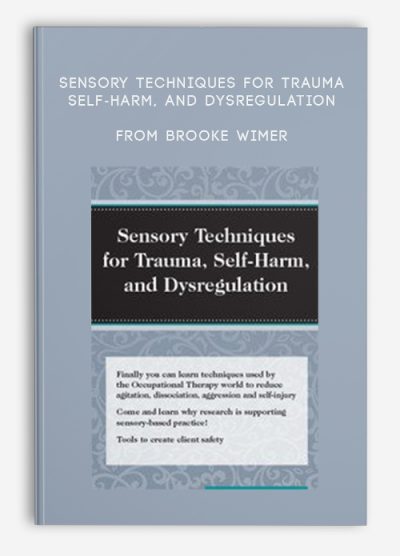


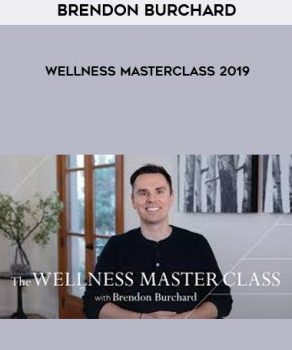
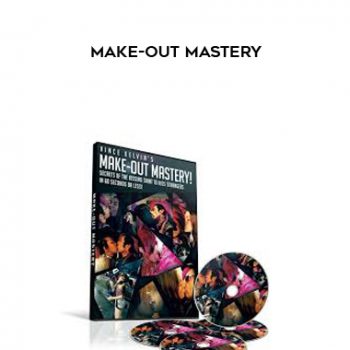
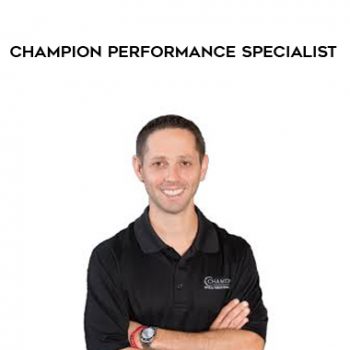

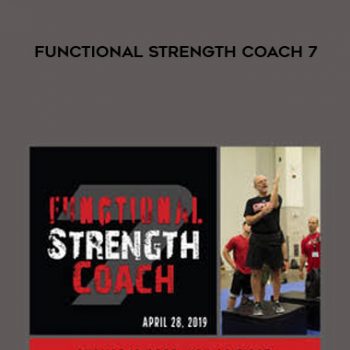

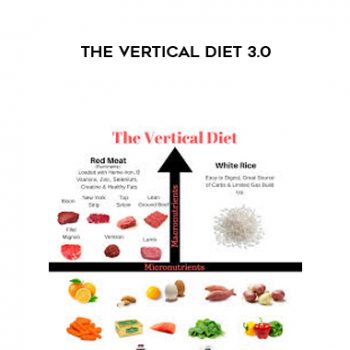

tristian –
This is Digital Download service, the course is available at Coursecui.com and Email download delivery.